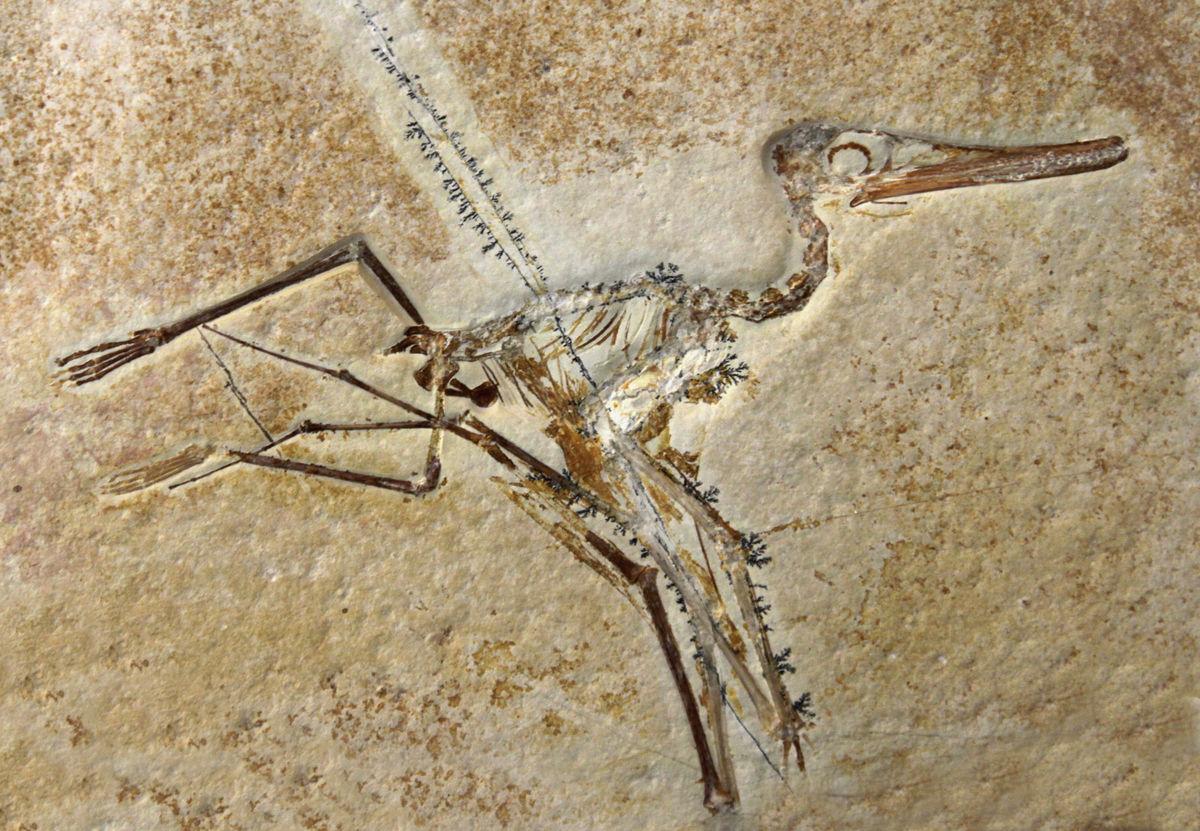
8.E.2 Earth's History Vocabulary Review
Quiz by Robbin Briley
Grade 8
Science
North Carolina Standard Course of Study
Feel free to use or edit a copy
includes Teacher and Student dashboards
Measures 1 skill from
Measures 1 skill from
Track each student's skills and progress in your Mastery dashboards
With a free account, teachers can
- edit the questions
- save a copy for later
- start a class game
- automatically assign follow-up activities based on students’ scores
- assign as homework
- share a link with colleagues
- print as a bubble sheet
36 questions
Show answers
- Q1The preserved remains or traces of living things.FossilEvolutionCarbon filmExtinct60s8.E.2.1
- Q2The type of rock that is made of hardened sediment.ExtrusionSedimentary rockIndex FossilPetrified Fossil60s8.E.2.1
- Q3A fossil formed when an organism buried in sediment dissolves, leaving a hollow area.DisconformityMoldIndex FossilCarbon Film60s8.E.2.1
- Q4Fossils of widely distributed organisms that lived during only one short period.Index fossilAbsolute AgeCarbon FilmMold60s8.E.2.1
- Q5A fossil in which minerals replace all or part of an organism.Petrified fossilIndex FossilMoldCast60s8.E.2.1
- Q6A type of fossil consisting of an extremely thin coating of carbon on rock.Carbon filmCastIndex FossilMold60s8.E.2.1
- Q7A type of fossil that provides evidence of the activities of ancient organisms.MoldTrace fossilCastIndex Fossil60s8.E.2.1
- Q8A scientist who studies fossils to learn about organisms that lived long ago.ChemistPaleontologistBiologistZoologist60s8.E.2.1
- Q9The process by which all the different kinds of living things have changed over time.ExtrustionEvolutionExtinctLaw of Superposition60s8.E.2.1
- Q10Describes a type of organism that no longer exists anywhere on Earth.ExtinctIndex FossilGeologic Time ScaleEra60s8.E.2.1
- Q11The age of a rock compared to the ages of rock layers.Relative ageMass ExtinctionTrace FossilPrinciple of Continuity60s8.E.2.1
- Q12The age of a rock given as the number of years since the rock formed.SpeciationAbsolute agePrinciple of SuperpositionRelative age60s8.E.2.1
- Q13The geologic principle that states that in horizontal layers of sedimentary rock. Each layer is older than the layer above it and younger than the layer below it.UniformitarianismFaultPrinciple of horizontalityLaw of superposition60s8.E.2.1
- Q14An igneous rock layer formed when lava flows onto Earth's surface and hardens.FaultExtrusionHalf-lifeIntrusion60s8.E.2.1
- Q15An igneous rock layer formed when magma hardens beneath Earth's surface.IntrusionHalf-lifeFaultExtrusion30s8.E.2.1
